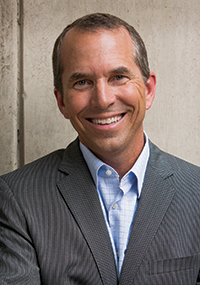They’re a boon for portfolio managers, but a hassle for buyside trading desks such as Cambiar Investors.
Separately managed accounts and unified managed accounts channel about $800 billion a year in retail funds to money managers. The suppliers are household names such as Merrill Lynch, Morgan Stanley and Wells Fargo. They beef up money managers’ assets under management, but they can be a headache for buyside traders who must deal with dozens of brokerage-sponsors and a myriad of trading and order management systems.
At Cambiar, a Denver-based midsize firm with $8 billion in equity assets under management, the desk must contend with trading for 5,000 separately managed accounts (SMAs) and unified managed accounts (UMAs) from 30 different sponsors, including Morgan Stanley, UBS and Merrill Lynch.
“We have such a wide spectrum of retail platforms, to trade on it requires a couple of extra traders,” says Rod Hostetler, Cambiar’s head trader. “If it was all institutional money, we could get by with two to three traders.” About 65 percent of assets under management are institutional and the rest retail.
It takes three and a half traders to help trade the retail accounts, Hostetler added.

Hostetler has been with Cambiar since 2000 and part of the industry for 17 years. Before joining Cambiar, he served as operations manager for the investment management group at Qwest Communications, assisting portfolio managers in trade execution, portfolio accounting and performance reporting.
At Cambiar, Hostetler handles U.S. equities trading for institutional customers and the firm’s mutual funds. Vice president of trading Christian Hiles backs him up and handles some retail accounts. Another trader handles ADRs and international stocks, as well as some retail. Two other traders focus solely on the firm’s retail accounts.
Those retail accounts include SMAs, which are traditional brokerage wrap accounts where the broker sponsors charge investors fees of approximately 1 percent of assets under management and outsource the investing to money mangers like Cambiar. UMAs, currently a more popular product, consolidate holdings including funds, ETFs and individual securities. They are often discretionary programs where investors authorize their advisor or firm to make the investing decisions. Fees are based on assets under management.
For retail investors, these products are similar to mutual funds but different. The main difference is that the mutual fund investor owns shares of a company that in turn owns other investments. An SMA investor owns the assets directly in his own name. That has tax advantages.
To read the entire article, please access the current issue of Traders Magazine.



